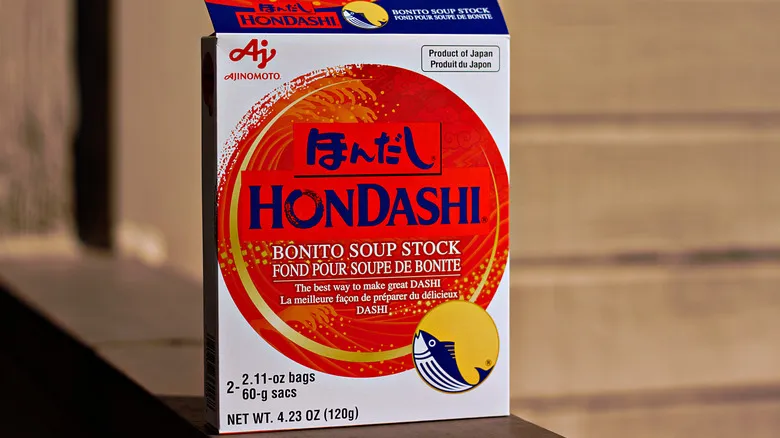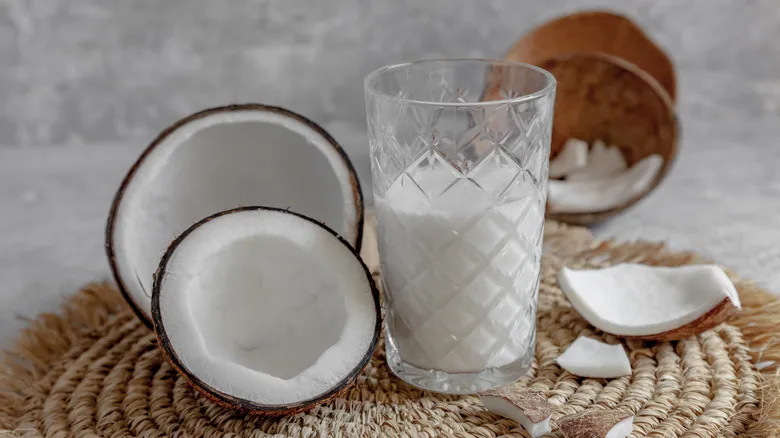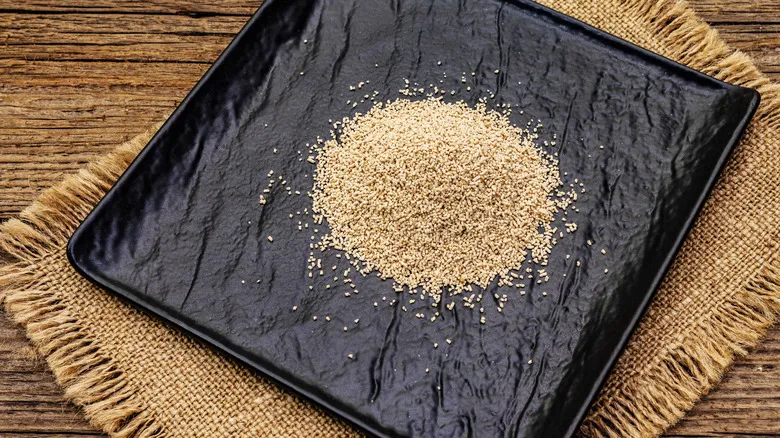Incorporating Hondashi into everyday dishes

If you take a look at the ingredients in Hondashi bonito soup stock, you'll notice it contains several components, including monosodium glutamate (MSG), disodium inosinate (which adds a meaty, umami taste), and various bonito or dried fish powders. Essentially, it’s a salt infused with flavors of seaweed and fish. While other dashi no moto brands may have slightly different ingredients, the concept remains the same. These powders can be used in place of salt, but they offer a richer flavor profile.
You might already be aware that cooking rice in dashi stock enhances its flavor, but there are numerous other ways to incorporate instant dashi powder into your culinary creations. For instance, you can mix a bit of dashi powder into chicken or vegetable stock for an extra umami boost. Any savory baked item that requires a touch of salt will gain an added layer of complexity when you substitute instant dashi. You could also consider adding it to the batter for fried fish or pork chops.
The possibilities for using this umami-rich seasoning are extensive. At Bar Goto in New York City, there's a cocktail called Koji-San, which is a twist on a margarita featuring mezcal and shochu (a Japanese spirit), with a rim of instant dashi powder and sea salt. Additionally, you can sprinkle Hondashi over roasted vegetables before cooking, blend it into olive oil, or incorporate it into pasta soups like pasta e fagioli or tortellini en brodo for a savory enhancement.
Recommended

The Science Behind Why Broccoli Rabe Is So Bitter (And How To Remedy It)

The Ingredient Swaps For A Burger Inspired By Sausage And Peppers

The Type Of Canned Coconut Milk To Keep Out Of Your Cart

The Beef Option You Shouldn't Overlook For Campfire Tacos
Next up

